Title: Understanding Glazed Ceramic Tile Specifications and Factors Affecting Purchase Price Introduction: Glazed ceramic tiles are a popular choice for both residential and commercial spaces, thanks to their durability, versatility, and aesthetic appeal. However, when it comes to purchasing glazed ceramic tiles, it’s crucial to understand the specifications and factors that influence their purchase price. This article aims to provide a comprehensive overview of glazed ceramic tile specifications and shed light on the aspects that impact their pricing. 1. Tile Size and Shape: Glazed ceramic tiles come in various sizes and shapes, ranging from traditional square tiles to rectangular, hexagonal, and even custom shapes. The size and shape of the tile can affect the purchase price, as larger or irregularly-shaped tiles may require more intricate manufacturing processes and additional materials.
ceramic tile
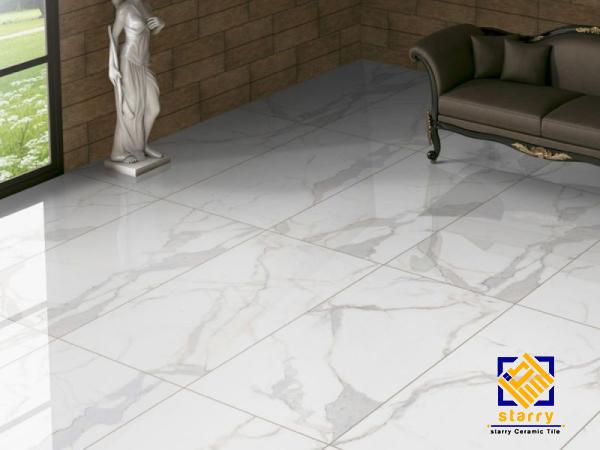 2. Material Quality and Grade: The quality and grade of the ceramic material used in the production of glazed tiles directly impact their durability and visual appeal. Higher-quality ceramic tiles tend to have better color consistency, better resistance to wear, and superior finishes. Consequently, tiles made from higher-grade ceramic materials are generally priced higher than those made from lower-grade materials. 3. Glaze and Surface Finish: The glaze, or the protective layer applied to the surface of the ceramic tile, plays a crucial role in its appearance and performance. Different glaze finishes, such as matte, glossy, satin, or textured, offer distinct visual effects and have varying levels of durability. Tiles with special glaze effects or unique surface finishes often come at a higher price due to their added design appeal and enhanced protection. 4. Color and Design Variation: The availability of a wide range of colors and design variations is an enticing aspect of glazed ceramic tiles.
2. Material Quality and Grade: The quality and grade of the ceramic material used in the production of glazed tiles directly impact their durability and visual appeal. Higher-quality ceramic tiles tend to have better color consistency, better resistance to wear, and superior finishes. Consequently, tiles made from higher-grade ceramic materials are generally priced higher than those made from lower-grade materials. 3. Glaze and Surface Finish: The glaze, or the protective layer applied to the surface of the ceramic tile, plays a crucial role in its appearance and performance. Different glaze finishes, such as matte, glossy, satin, or textured, offer distinct visual effects and have varying levels of durability. Tiles with special glaze effects or unique surface finishes often come at a higher price due to their added design appeal and enhanced protection. 4. Color and Design Variation: The availability of a wide range of colors and design variations is an enticing aspect of glazed ceramic tiles.
Specifications of ceramic tile
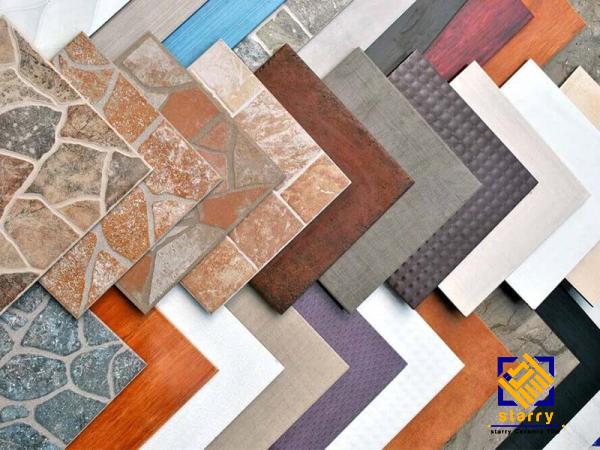 However, certain colors or intricate patterns may require additional manufacturing steps or materials, leading to an increase in their price. Custom designs, personalized patterns, and limited edition tiles may also command a higher price due to their exclusivity and uniqueness. 5. Tile Thickness and Weight: The thickness and weight of glazed ceramic tiles determine their strength and suitability for specific applications. Thicker and heavier tiles are generally more robust and ideal for high-traffic areas or heavy-duty installations. However, the production of thicker tiles may require additional materials and resources, leading to a potential increase in their purchase price. 6. Country of Origin and Production Techniques: The country in which glazed ceramic tiles are manufactured can significantly impact their price. Tiles produced in countries with lower labor and production costs may be more competitively priced. Additionally, certain production techniques, such as digitally printed or handcrafted tiles, may contribute to a higher purchase price due to the specialized skills and processes involved.
However, certain colors or intricate patterns may require additional manufacturing steps or materials, leading to an increase in their price. Custom designs, personalized patterns, and limited edition tiles may also command a higher price due to their exclusivity and uniqueness. 5. Tile Thickness and Weight: The thickness and weight of glazed ceramic tiles determine their strength and suitability for specific applications. Thicker and heavier tiles are generally more robust and ideal for high-traffic areas or heavy-duty installations. However, the production of thicker tiles may require additional materials and resources, leading to a potential increase in their purchase price. 6. Country of Origin and Production Techniques: The country in which glazed ceramic tiles are manufactured can significantly impact their price. Tiles produced in countries with lower labor and production costs may be more competitively priced. Additionally, certain production techniques, such as digitally printed or handcrafted tiles, may contribute to a higher purchase price due to the specialized skills and processes involved.
buy ceramic tile
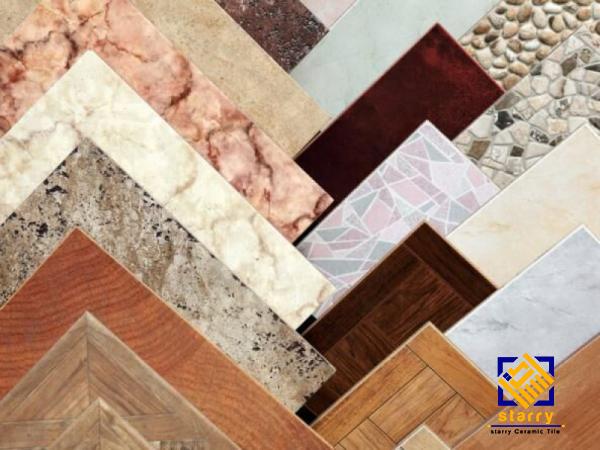 7. Quantity and Order Size: When purchasing glazed ceramic tiles, the quantity and order size can influence the overall purchase price. Buying in bulk or larger quantities can often yield discounts or better pricing offers from suppliers. Conversely, smaller orders might be subject to higher unit prices due to the associated logistics and handling costs. Conclusion: Understanding the specifications and factors that affect the purchase price of glazed ceramic tiles is crucial for making informed decisions. By considering aspects such as tile size and shape, material quality and grade, glaze and surface finish, color and design variation, tile thickness and weight, country of origin, production techniques, and quantity, buyers can evaluate their options and find tiles that align with their needs, preferences, and budget.
7. Quantity and Order Size: When purchasing glazed ceramic tiles, the quantity and order size can influence the overall purchase price. Buying in bulk or larger quantities can often yield discounts or better pricing offers from suppliers. Conversely, smaller orders might be subject to higher unit prices due to the associated logistics and handling costs. Conclusion: Understanding the specifications and factors that affect the purchase price of glazed ceramic tiles is crucial for making informed decisions. By considering aspects such as tile size and shape, material quality and grade, glaze and surface finish, color and design variation, tile thickness and weight, country of origin, production techniques, and quantity, buyers can evaluate their options and find tiles that align with their needs, preferences, and budget.
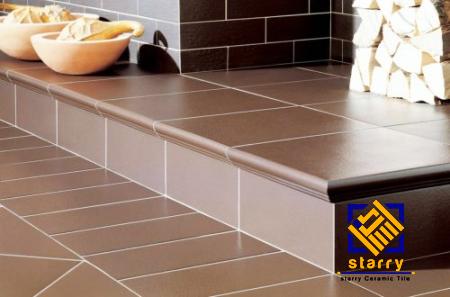
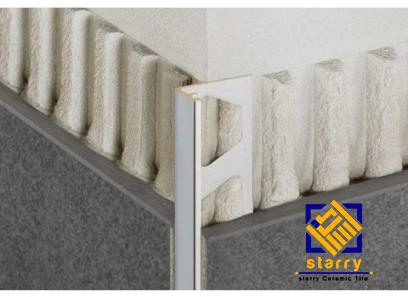


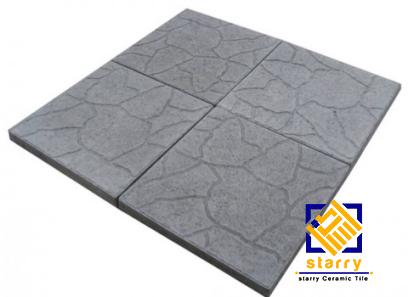





Your comment submitted.